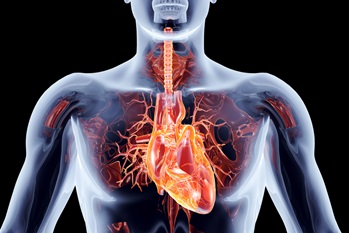The historical paradigm of recommending beta-blockers for all post-myocardial infarction (MI) patients arose from trials predating modern acute coronary syndrome (ACS) management. With widespread adoption of early revascularization (PCI or CABG) and intensive secondary prevention pharmacotherapy, the incidence of heart failure (HF) and severely reduced left ventricular ejection fraction (LVEF) following MI has significantly decreased. This improvement in acute care has raised questions about the necessity of long-term beta-blocker therapy for patients with coronary artery disease (CAD) who maintain a preserved or mildly reduced LVEF (≥ 40%) and no other primary indication.
Four recent randomized controlled trials have explored this issue, yielding conflicting results. The BETAMI-DANBLOCK study (N=5574, duration 3.5 years) reported a modest, yet statistically significant, benefit for beta-blockers, finding a lower risk of death or major adverse cardiovascular events (14.2% vs. 16.3%; HR 0.85; p=0.03). Conversely, the large REBOOT-CNIC (N=8505, median duration 3.7 years) and REDUCE-AMI (N=5020, median duration 3.5 years) studies found no significant benefit of long-term beta-blocker therapy on their respective composite endpoints. Lastly, the ABYSS study (N=3698, median duration 3 years), which enrolled stable patients already on therapy, found that beta-blocker interruption was not noninferior to continuation (HR 1.16; p=0.44 for noninferiority).
Collectively, the results from these trials do not make a strong case either for or against the continued, routine use of beta-blockers in post-MI patients with preserved LVEF and no other compelling indications (e.g., angina, atrial fibrillation, uncontrolled hypertension). While the BETAMI-DANBLOCK suggests a small benefit and ABYSS cautions against stopping therapy in stable patients, the overall lack of robust, consistent benefit in the major trials does not support the uniform use of beta-blockers in this patient population. Current guidance reflects this evolving evidence, leaning toward reassessing the long-term need for beta-blockers after the first year post-MI in the absence of reduced LVEF or other indications.












